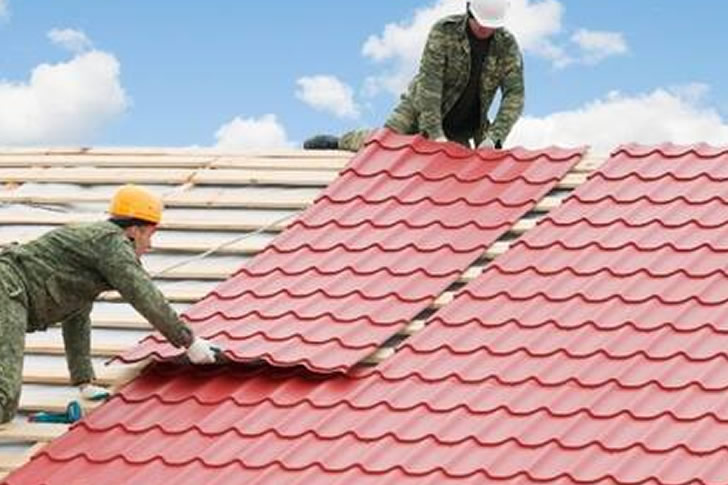Budget-Friendly Roof Renewal Solutions for Elderly Homeowners
Roof replacement is a significant investment, particularly for seniors living on fixed incomes. While it’s critical to maintain a safe and functional roof to protect against the elements, the cost can be daunting. Fortunately, there are numerous strategies and resources available that can help seniors replace their roofs without breaking the bank.

Understanding the Cost of Roof Replacement
Before seeking budget-friendly solutions, it’s crucial to understand what contributes to the cost of roof replacement. Factors like the size of your roof, the materials chosen, local labor costs, and the complexity of your roof’s design all play a role. On average, homeowners might expect to spend between $5,000 and $10,000 for a new roof, but prices can significantly fluctuate based on the project specifics.
1. Research Your Options for Materials
The choice of materials has a substantial impact on the overall cost of a roof replacement. Asphalt shingles are generally the most cost-effective and provide durability, costing on average between $120 to $400 per square (100 square feet). For those looking for longevity might consider metal roofing, though it comes at a higher initial cost. Seniors should evaluate the cost versus the expected service life of materials to make a budget-conscious decision.
2. Seek Out Multiple Quotes
One of the most straightforward ways to ensure a cost-effective roof replacement is by collecting and comparing quotes from various contractors. This process not only helps seniors find the best price but also offers an opportunity to gauge the reliability and professionalism of different service providers.
3. Government Grants and Programs
Several government-funded programs can help seniors with roof replacement costs. One prominent example is the USDA’s Section 504 Home Repair program, which provides loans and grants to elderly low-income homeowners to remove health and safety hazards. These grants can provide up to $7,500, which can be put toward roofing among other repairs. Checking local programs sponsored by the state or municipality can also yield additional funding options.
4. Nonprofit and Charitable Organizations
There are numerous nonprofit organizations that assist seniors with home repairs. Groups like Habitat for Humanity, Rebuilding Together, and The National Roofing Contractors Association (NRCA) often help seniors, especially those in tough financial situations. These organizations sometimes offer reduced rates or volunteer labor to help reduce costs.
5. Discounts or Rebates from Roofing Manufacturers
Certain manufacturers offer discounts or rebates on roofing materials. Seniors can take advantage of these promotions to cut down on material costs. It’s beneficial to inquire directly from suppliers or ask your contractor for any manufacturer rebates available.
6. Insurance Considerations
If your roof was damaged by a natural disaster or particularly severe weather, part of the repair cost might be covered under your homeowner’s insurance policy. It’s crucial to review the terms of your insurance to understand what coverage is available. However, normal wear and tear typically aren’t covered by insurance.
7. DIY What You Safely Can
While entirely replacing a roof on your own isn’t advisable, there are aspects of the job you can do to reduce costs. For instance, taking on the removal of the old roof or managing the waste materials might save money. However, it’s essential to weigh the physical demand and risk before deciding to handle any part of the roofing process personally.
Conclusion
Affordable roof replacement for seniors is achievable through a variety of means, from choosing cost-effective materials to leveraging grants and discounts. By doing thorough research and considering all available options, seniors can find reliable solutions that ensure their safety and comfort without undue financial stress.







Recent Comments